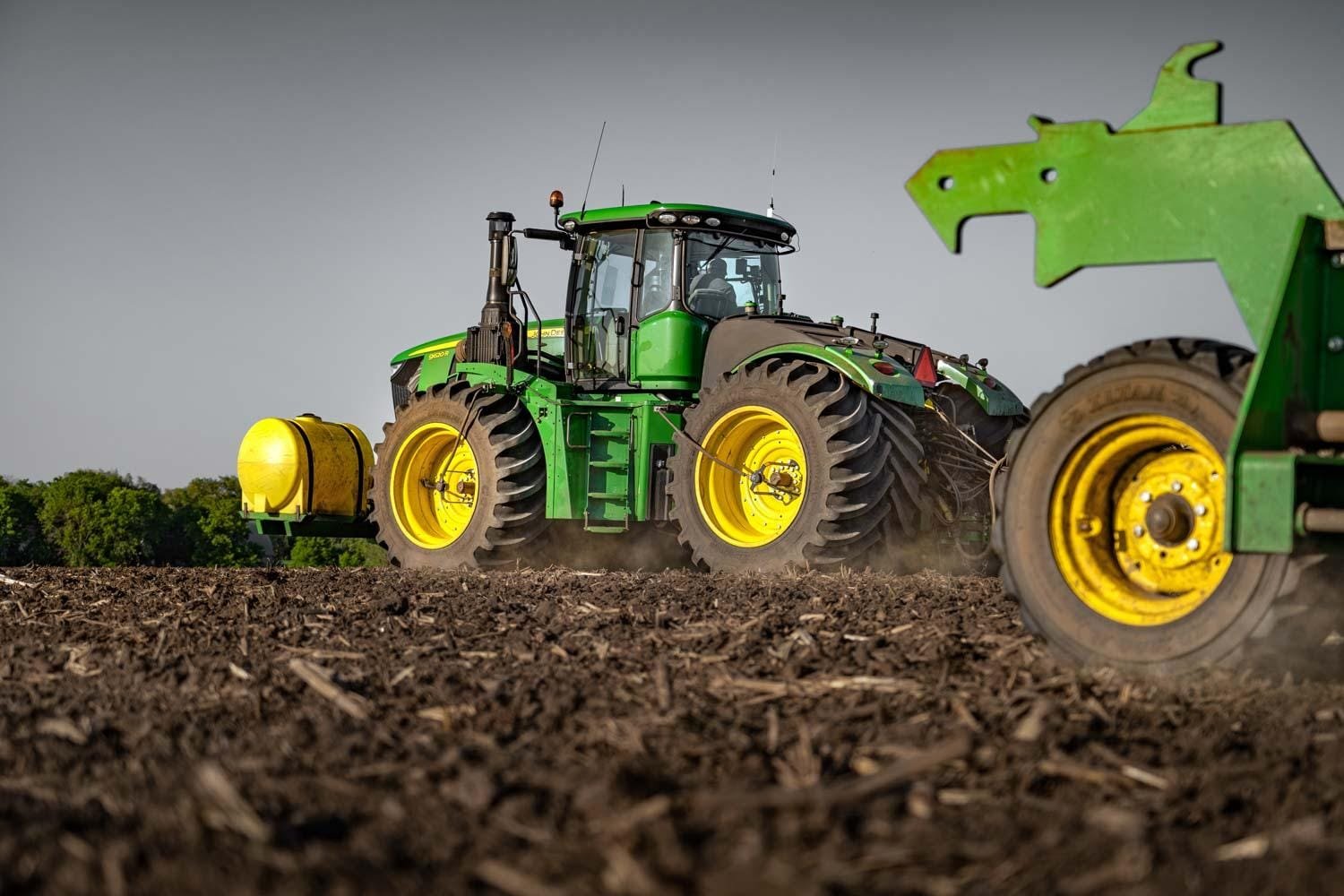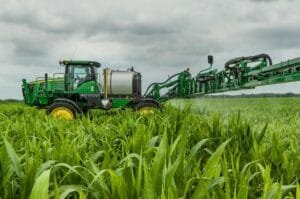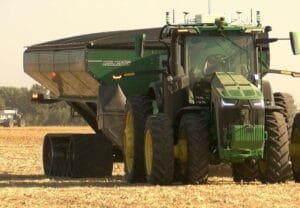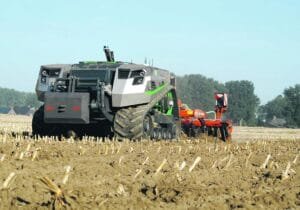Automatic Inflation Technology Advances to Tractor Tires: A Practical Revolution
Farmers and truckers alike have long grappled with tire pressure challenges across varying terrains. While automatic tire inflation systems have benefited trailer operators for over two decades, the technology has undergone a remarkable transformation. These systems now extend their valuable capabilities to tractor tires as well, marking a notable shift in agricultural and commercial transportation equipment.
The extension of automatic inflation technology to tractor tires represents more than a mere convenience. It tackles a pivotal challenge that equipment operators face daily – maintaining correct tire pressure regardless of load or surface conditions. When driving on highways with heavy loads, higher pressure prevents excessive wear. However, the same pressure setting proves detrimental when navigating softer field terrain. This technical predicament forces many operators to select compromised pressure settings that aren’t quite right for either scenario.
Central Tire Inflation Systems (CTIS) have emerged as the sophisticated solution to this longstanding dilemma. Using a combination of sensors, valves, and control units, these systems determine optimal tire pressure for specific terrain conditions and adjust accordingly – all while the vehicle remains in motion. The technology allows drivers to modify tire pressure without leaving their seat, enhancing both comfort and operational efficiency. Such flexibility eliminates the need to pick pressure “somewhere in the middle” that inadequately serves multiple conditions.
The advantages of implementing these systems stretch beyond mere operational comfort. According to industry experts, traction can improve by a striking 20% when using appropriately calibrated tire pressure for field operations. Fuel consumption witnesses a pleasant reduction of approximately 10% as well. These efficiency gains represent substantial cost savings over equipment lifespans, especially in commercial applications where fuel expenses constitute a significant proportion of operational costs.
The market landscape for automatic tire inflation technology has evolved considerably since its inception almost 25 years ago. Pressure Systems International stands as the original pioneer in this domain, though their focus primarily remained on trailer applications until recently. The industry currently features roughly six major companies offering these systems, with approximately half now extending their product lines to include tractor-specific solutions. Most utilize the vehicle’s existing air system, cleverly routing air through hoses or axles to reach the tires.
Despite clear benefits, widespread adoption has proceeded at a somewhat puzzling pace. The technology faces implementation hurdles particularly when engineering solutions for tractors as opposed to trailers. The delay of government regulations mandating either automatic inflation systems or tire pressure monitoring systems has further contributed to the adoption timeline extending longer than industry observers initially anticipated.
Companies like Dana have developed specialized systems such as the Spicer OpTiMa, designed specifically to prevent tire failures while simultaneously enhancing fuel economy. These innovations address the “penny-wise, pound-foolish” approach that many fleet operators unknowingly take when managing tire pressure manually or with static settings.
For agricultural applications, the benefits become even more pronounced. Low pressure settings in field conditions maximize grip while minimizing soil compaction. This allows for greater traction in soft conditions without the environmental damage caused by excessive pressure. The ability to switch between road and field settings with the press of a button eliminates the time-consuming process of manually adjusting multiple tires.
Self-powered solutions like the Halo automatic tire inflator offer an alternative approach, utilizing the wheel’s rotation to maintain optimal pressure in dual and wide-base tires. This ingenious design eliminates the need for external power sources, making it particularly suitable for applications where pneumatic systems might not be readily available.
The technology continues to evolve with more sophisticated implementations each year. Forward-thinking equipment managers are gradually recognizing that the initial investment in automatic inflation technology represents not an expense but rather a strategic allocation of resources that pays dividends through extended tire life, improved fuel efficiency, and reduced downtime.
As we advance further into precision agriculture and transportation efficiency, automatic tire inflation technology stands as a testament to how seemingly small adjustments can yield substantial operational improvements. The systems available today demonstrate that sometimes the most impactful innovations aren’t about reinventing the wheel – but rather about keeping it properly inflated.










